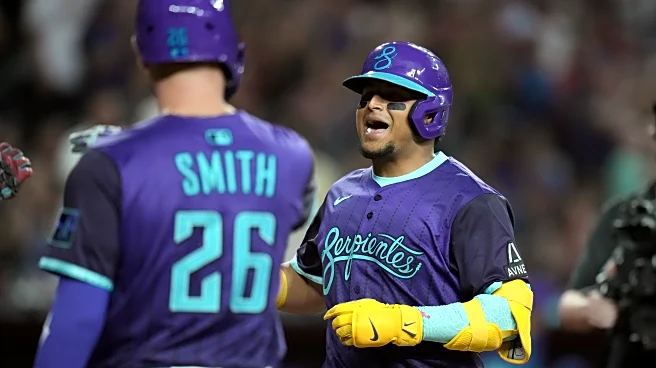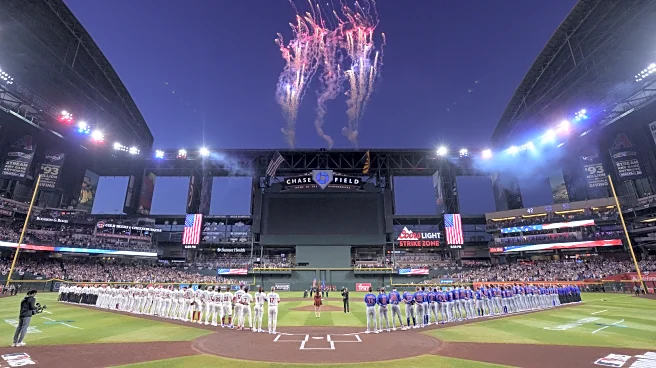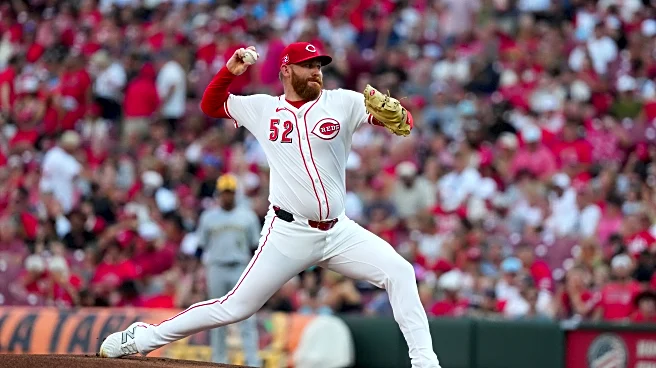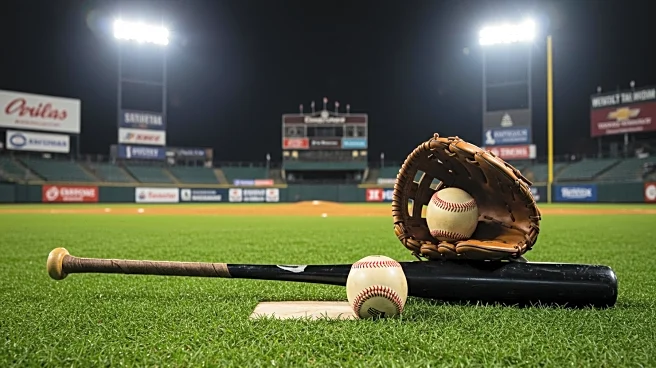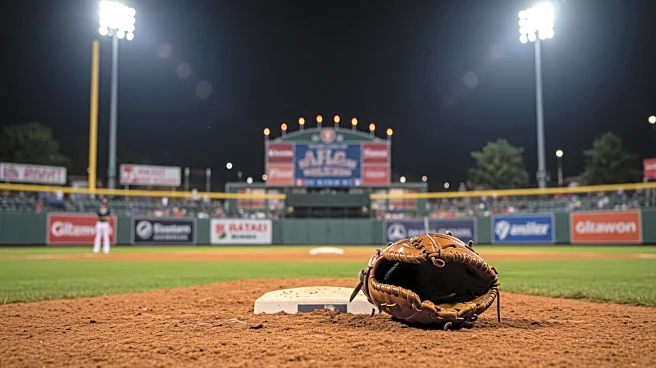

Something I noticed about last night’s bullpen usage: five different Arizona pitchers having outings with single-digit pitches. That’s not something you see often, especially since the introduction of the three-batter rule, which came in for the start of the 2020 season. Before that, it did happen – three times in fact, once in each season from 2017-2019. All three were also in September, which makes sense given the greater number of arms available in those days. Again, up until 2020, when rosters
expanded, teams could include anyone on the 40-man roster, which is how you got games like this, where the two sides used 24 pitchers between them. Oddly – or perhaps not so oddly, given his origins as a LOOGY – Andrew Chafin was involved in all three instances.
The last time it happened was, coincidentally, also against the Reds, in Cincinnati on September 8th, 2019. Mike Leake worked the front 6.1 innings, but the D-backs then used six relievers to record the next six outs. They were Matt Andriese (two outs on 8 pitches), Chafin (1/4), Jimmy Sherfy (2/11) and Robby Scott (1/6), before Yoan Lopez and T.J. McFarland failed to retire anyone on five and nine pitches respectively, as the Reds walked off winners. Under current rules, neither the Sherfy nor McFarland changes would have been permitted, as the previous pitcher had neither faced three batters nor ended the inning. But the all-time MLB record is this late-season monstrosity from 2015, where the Giants used eight consecutive relievers to throw a total of 39 pitches.
Since the new rules for “brighter baseball” came in, last night’s outing by the D-backs was actually the first by an NL team with five pitchers throwing fewer than ten pitches. The Twins also managed it in 2023. The rule change does seem to have had the desired impact. Last year, there were 1,235 outings where a pitcher faced two or fewer hitters; that’s less than half the peak number of 2,588 in 2015. However, this has been countered by things like starting pitchers not going as far into games. As a result, the number of relief outings overall actually increased from 2015 to 2024, going up from 15,108 to 15,836. The all-time record of 16,686 took place under current rules in 2021 – the first full season post-COVID, which does make sense.


